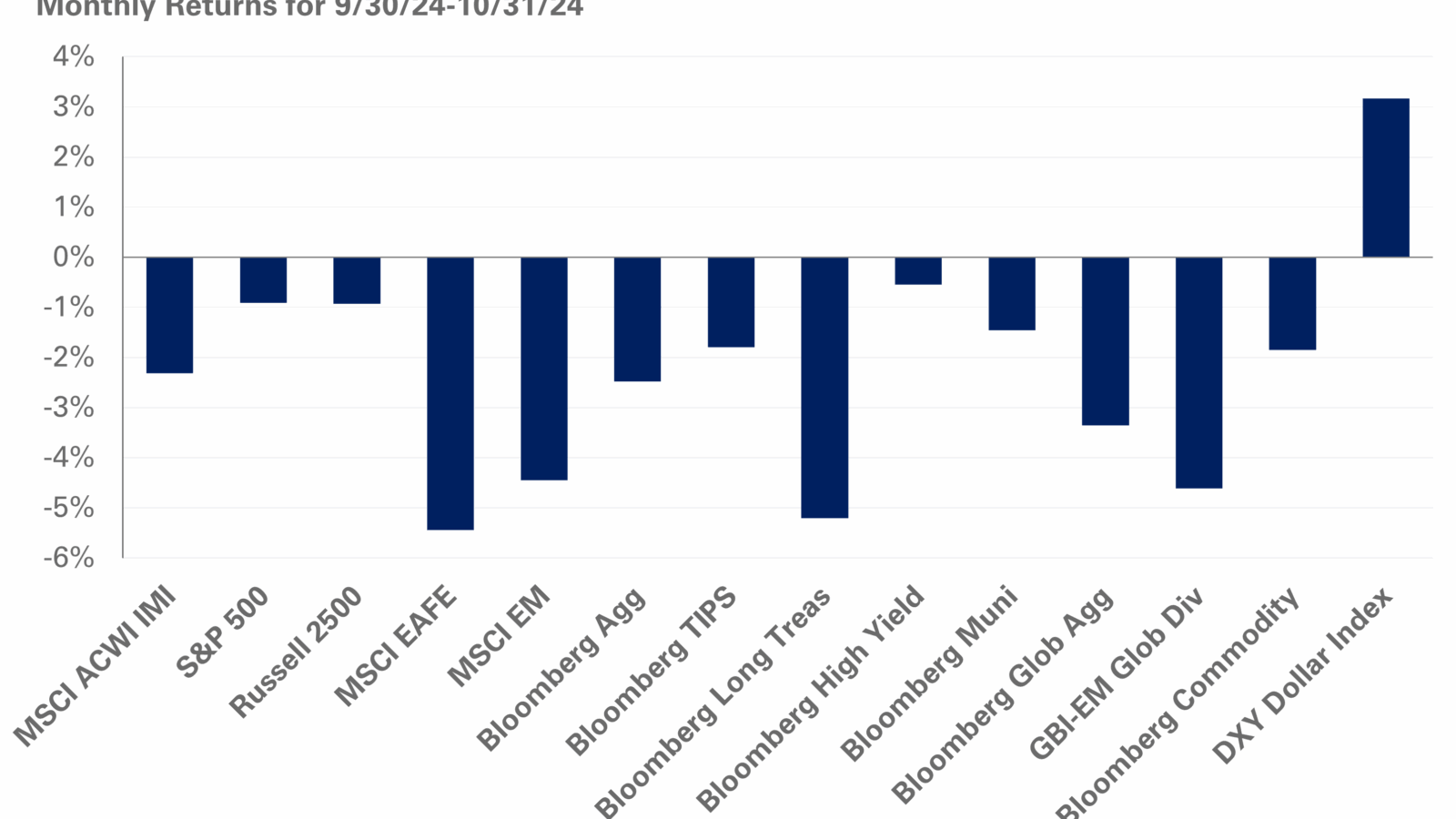On May 28, the U.S. trade settlement cycle will be condensed to one business day (T+1) from two (T+2).
T+1 marks a crucial shift for the industry as it eliminates a one-day buffer between trade execution and settlement. The move necessitates a thorough review of existing operating models and related trade infrastructure by investors, broker dealers, custodians, investment managers and other third parties. With a little over a month to go, organizations should re-confirm T+1 compliance in-house and across third parties.
The settlement cycle has been gradually compressed over the years, focusing on increasing efficiency, enhancing liquidity, and reducing systemic risk. The U.S. will follow Canada and Mexico, which are scheduled to transition a day prior to the U.S., and India, which completed the transition to T+1 in January 2023.
Currently, a trade executed on Monday would settle on Wednesday (two business days after trade date), allowing for sufficient timing related to trade affirmations, potential trade revisions, funding instructions or recall procedures for securities on loan.
In the new cycle, a trade executed on Monday will now settle on Tuesday (one business day after trade date). Securities impacted are equities, corporate bonds, municipal bonds, unit investment trusts, American Depository Receipts (ADRs), exchange traded funds (ETFs), right and warrants settlement at DTC and non-agency MBS bonds.
Instructions for trading, funding, recalls and other related activities need to be executed and processed within the condensed timeframe. Trade communication and documentation should be streamlined. Manual processes should be limited, if not eliminated. Technology and automation should be further leveraged to assist with the shift.
Systems and processes across pre-trade, trade execution, trade clearing, and trade settlements need to support the shortened sequence prior to implementation. Funding and liquidity sources, such as foreign exchange, should be reviewed alongside trade operations to ensure workflows are aligned. Most of the activities described will impact broker-dealers, investment managers and custodians.
All participants need to comply with the accelerated cycle for a single transaction to settle in the T+1 landscape. Market participants lending securities may need to revisit lending agreements to review recall procedures and timing. Other functions such as corporate actions and derivatives may be impacted as well.
The Depository Trust and Clearing Corporation (DTCC) identified testing as the key to T+1 success. Organizations that manage assets internally should be actively testing with DTCC subsidiaries to ensure they comply prior to implementation date. Firms with externally managed assets should confirm T+1 compliance across their investment managers, custodians, and/or administrators.
To maintain the status quo and avoid a potential spike in fails, the industry needs to sustain a trade affirmation rate of 90%. As of December, only 69% of trades were affirmed by the new deadline. No formal penalties have been established for T+1 but the potential for disruption should not be ignored. A failed trade will impact more than just trade settlements, and a spike in failed transactions due to a lack of preparation or compliance, has the potential to impact settlements and liquidity across the globe.
At NEPC, our discussions with major custodians and managers have led us to believe adequate attention is being devoted to the change, and we would expect little to no impact to the majority of our institutional clients.
To learn more about the transition, or for any additional questions, please reach out to your NEPC consultant.



